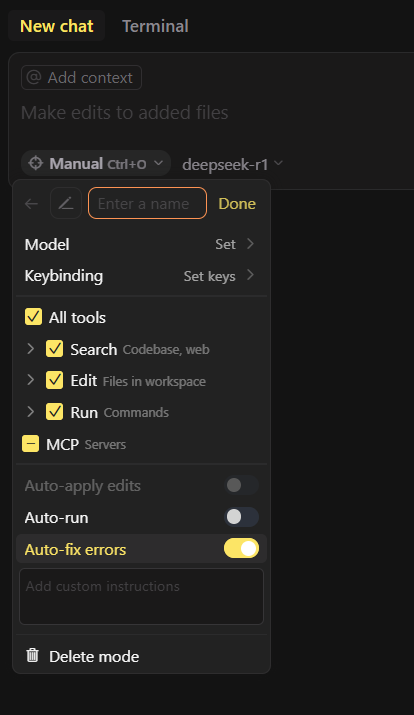The creators of the Continue chat plugin for VS Code and JetBrains have added a section on their website that looks like a catalog of assistants for programming.
This is a good idea, because after working in Cursor, for example, the assistant starts accumulating system instructions, command repetitions, MCP server settings, and additionally indexed documents. It would be cool to have "snapshots" of such settings. Currently, catalogs of generic system instructions and MCP catalogs have started to appear online.
Using the example of https://hub.continue.dev/continuedev/clean-code, you can see that these are chat settings packages that consist of the following blocks:
- Models: Blocks for defining models for different roles, such as chat, autocompletion, editing, embedder, and reranker.
- Rules: Rule blocks are system instructions; the content of the rules is inserted at the beginning of all chat requests.
- Docs: Blocks that point to documentation sites that will be indexed locally and can then be referenced as context using
@Docsin the chat. - Prompts: Prompt blocks are pre-written quick commands, reusable prompts that can be referenced at any time during a chat.
- Context: Blocks that define a context provider that can be referenced in the chat with
@to get data from external sources such as files, folders, URLs, Jira, Confluence, Github. - Data: The plugin automatically collects data on how you create code. By default, this data is stored in
.continue/dev_dataon your local computer. You can configure your own destinations, including remote HTTP and local file directories. - MCP Servers
The problem with this is that it works like software from 5 years ago; you have to click everything yourself and browse the site-catalog. It would be nice if the AI chat itself offered its settings from the available blocks, instead of me looking at them and choosing.
#continue #prompts #mcp #autocomplete
